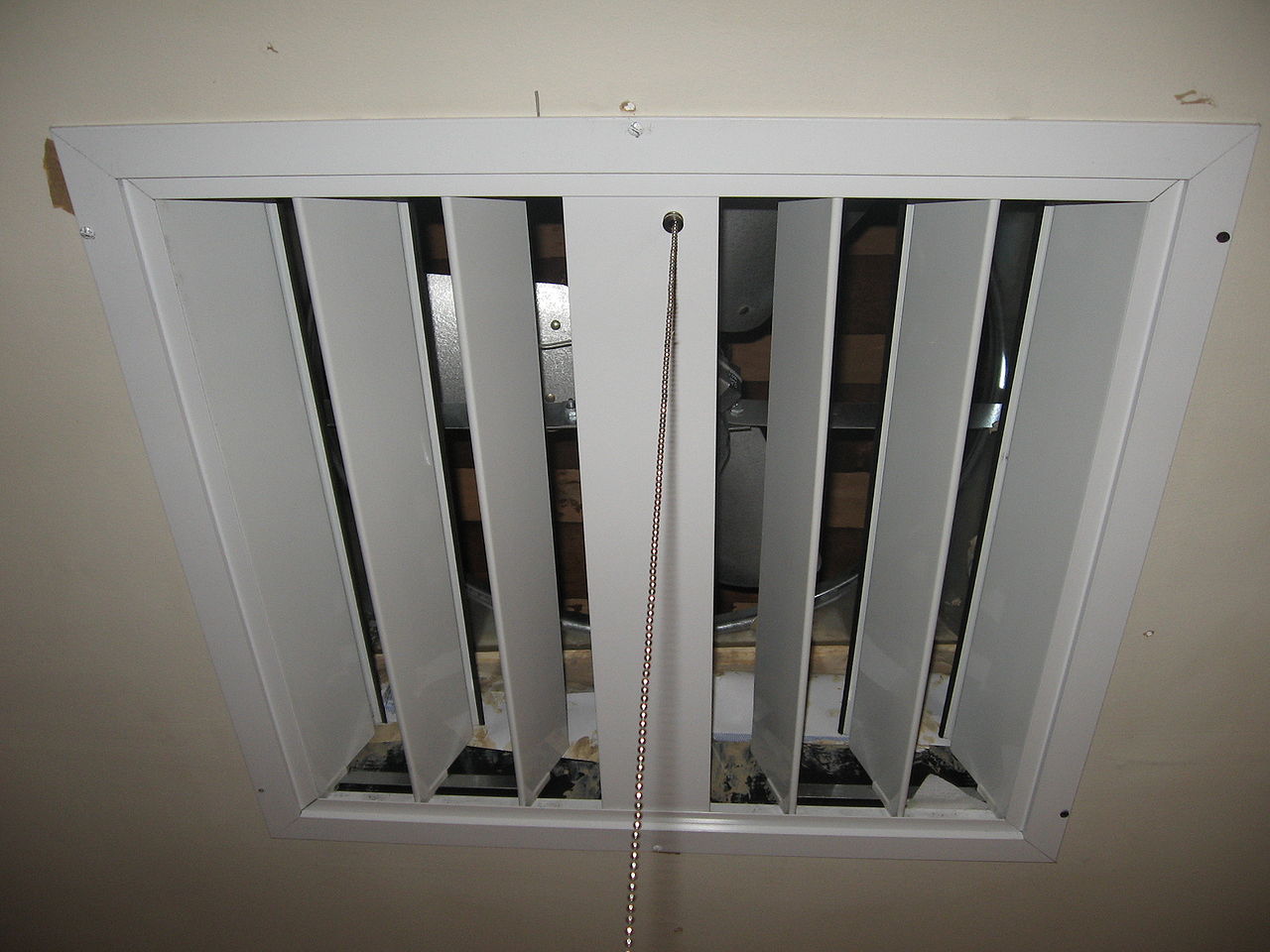

Articles
What Does A Whole House Fan Do
Modified: January 8, 2024
Discover the benefits of a whole house fan in our informative articles. Learn how this energy-efficient solution can improve indoor air quality and reduce cooling costs.
(Many of the links in this article redirect to a specific reviewed product. Your purchase of these products through affiliate links helps to generate commission for Storables.com, at no extra cost. Learn more)
Introduction
A whole house fan is an excellent addition to any home, providing a cost-effective and energy-efficient way to cool down your living space. Unlike traditional air conditioning units that use refrigeration techniques, a whole house fan works by drawing cool outdoor air into your home and expelling hot air through the attic vents. This natural ventilation system helps to rapidly eliminate heat and improve indoor air quality.
Whole house fans are typically installed in the ceiling of a central location, such as a hallway or landing, and are designed to provide efficient cooling for the entire home. These fans can quickly and effectively circulate air, making your living space more comfortable in a matter of minutes.
One of the major advantages of a whole house fan is its ability to reduce reliance on air conditioning, especially during mild or cooler evening hours when the outside temperature drops. By utilizing a whole house fan, you can save on energy costs and lessen your carbon footprint, ultimately creating a more sustainable living environment.
In this article, we will delve into the inner workings of a whole house fan, explore its benefits, discuss factors to consider before installation, walk you through the installation process, provide maintenance and safety tips, and answer some commonly asked questions.
Key Takeaways:
- Whole house fans provide energy-efficient cooling by drawing in fresh outdoor air and expelling hot air, reducing reliance on air conditioning and promoting cost savings and environmental sustainability.
- Before installing a whole house fan, consider factors such as climate, house size, attic ventilation, and noise levels to ensure optimal performance and efficient cooling for your home.
Read more: How Much Is A Whole House Fan
How Does a Whole House Fan Work?
A whole house fan operates on a simple yet effective principle: it draws cool air from the outside and pushes hot air out of the house through the attic vents. This process creates a cooling breeze throughout the entire home, providing a refreshing and comfortable indoor environment.
When you turn on a whole house fan, it pulls fresh air in through open windows and doors. The fan is strategically placed in a central location, typically in the ceiling of a hallway or landing, to evenly distribute the airflow throughout the house.
As the fan pulls in outside air, it forces the hot air that has risen to the highest point in your home — usually the attic — to be pushed out through the attic vents. This expulsion of hot air allows the cooler outdoor air to enter the house and lower the overall temperature.
Unlike air conditioning systems that recirculate and cool the same air, whole house fans provide ventilation by replacing stale indoor air with fresh outdoor air. This natural method of cooling not only reduces the reliance on air conditioning but also improves indoor air quality by removing contaminants, odors, and moisture from the living space.
Most whole house fans come with variable speed settings, allowing you to adjust the airflow according to your preference and the outdoor conditions. You can choose a lower setting for mild cooling or a higher setting for more intense air circulation. Additionally, some models feature built-in timers and thermostats, enabling you to program the fan to automatically turn on and off based on specific temperature thresholds or time schedules.
It’s important to note that a whole house fan is most effective in areas with cooler evenings and nights, where the outdoor temperature drops significantly compared to the indoor temperature. By utilizing the cooler nighttime air, you can cool down your home and enjoy energy savings, especially during the summer months.
Overall, a whole house fan provides a simple and efficient way to cool your home while promoting better air quality and energy conservation. It offers a refreshing alternative to traditional air conditioning and can significantly reduce your energy bills, making it a worthwhile investment for any homeowner.
Benefits of Using a Whole House Fan
Installing a whole house fan in your home comes with a wide range of benefits that go beyond just keeping your living space cool. Let’s explore some of the advantages of using a whole house fan:
- Energy Efficiency: One of the key advantages of a whole house fan is its energy efficiency. Compared to air conditioning systems, which consume a significant amount of electricity, whole house fans use a fraction of the energy. By relying on natural ventilation and taking advantage of cooler outdoor air, you can reduce your energy consumption and lower your utility bills.
- Cost Savings: The energy savings that come with using a whole house fan can translate into significant cost savings over time. By reducing your reliance on air conditioning, especially during the cooler evening hours, you can see noticeable reductions in your monthly cooling expenses. Investing in a whole house fan can be a cost-effective solution for keeping your home comfortable without breaking the bank.
- Improved Indoor Air Quality: Whole house fans not only cool your home but also help to improve indoor air quality. By circulating fresh outdoor air, they remove stale air, odors, and pollutants that can accumulate inside your home. This constant air exchange can create a healthier living environment, reducing the risk of respiratory issues and allergies.
- Natural Ventilation: Unlike air conditioning systems that recirculate and cool the same air, whole house fans provide natural ventilation. They bring in fresh outdoor air and create a cooling breeze throughout the house, creating a more pleasant and comfortable living space. This natural cooling method can be particularly enjoyable during spring and fall when the outdoor temperature is mild.
- Quick Cooling: Whole house fans are designed to rapidly cool down your home. With their powerful airflow, they can quickly remove hot air and replace it with cooler outside air, providing instant relief from hot and stuffy indoor conditions.
- Reduced Environmental Impact: By choosing a whole house fan over traditional air conditioning, you can contribute to reducing your carbon footprint. With the energy savings and reduced use of harmful refrigerants, whole house fans offer a more eco-friendly cooling solution for your home.
When considering the numerous benefits of using a whole house fan, it becomes clear that it is not only an effective cooling option but also a smart investment for energy-conscious homeowners. It provides a comfortable and healthy living space while saving money and promoting environmental sustainability.
Factors to Consider Before Installing a Whole House Fan
Before deciding to install a whole house fan in your home, it’s important to consider several factors to ensure that it’s the right fit for your specific needs and circumstances. Here are some key factors to consider:
- Climate: The suitability of a whole house fan depends on the climate in which you live. Whole house fans are most effective in regions with cool evenings and nights, where the outdoor temperature drops significantly compared to the indoor temperature. If you live in an area with consistently hot and humid weather, a whole house fan may not provide sufficient cooling, and you may need to rely more on air conditioning.
- House Size and Layout: The size and layout of your home will play a crucial role in determining the performance and efficiency of a whole house fan. Consider factors such as the square footage, ceiling height, number of stories, and the presence of open floor plans or multiple levels. Larger homes or homes with complex layouts may require multiple fans or additional ventilation options to achieve optimal cooling.
- Attic Ventilation: Proper attic ventilation is essential for the effective operation of a whole house fan. Before installation, it’s important to ensure that your attic is adequately ventilated with proper vents or fans. This will allow the hot air drawn by the fan to be efficiently expelled out of the attic, preventing heat buildup and potential damage to your home’s structure.
- Noise Considerations: Whole house fans can generate noise, especially at higher speeds. Consider the noise tolerance levels of your household and choose a fan that operates silently or at a noise level that is acceptable to you. Some fans come with noise-reducing features or insulation, which can minimize any disturbance caused by the fan’s operation.
- Fire Safety: Whole house fans require open windows or doors to draw in fresh air. This can potentially be a safety concern in case of a fire since it can facilitate the spread of flames. Ensure that your home has proper fire safety measures in place, such as smoke detectors, fire extinguishers, and clear evacuation routes, to mitigate any risks associated with the use of a whole house fan.
- Installation and Wiring: The installation of a whole house fan may require professional help, especially if you’re not familiar with electrical systems or attic access. Consider the cost and feasibility of installation and ensure that you have the necessary wiring and electrical capacity to safely accommodate the fan.
By carefully considering these factors, you can make an informed decision about whether a whole house fan is suitable for your home. It’s a good idea to consult with a professional installer or HVAC specialist to assess your specific needs and provide guidance on the best options for cooling your home efficiently and effectively.
A whole house fan helps to cool your home by pulling in cooler outdoor air and exhausting hot indoor air, reducing the need for air conditioning and lowering energy costs.
Installation Process for a Whole House Fan
Installing a whole house fan requires careful planning and attention to detail to ensure efficient and safe operation. While it’s recommended to hire a professional installer, you can attempt the installation yourself if you have experience with electrical work and attic access. Here is a general overview of the installation process:
- Choose the Right Location: Select a central location on the ceiling, usually in a hallway or landing, where the fan can evenly distribute air throughout the home. Ensure that there is enough space for the fan and consider any obstructions, such as lights or vents, that may need to be moved.
- Prepare the Attic: Access the attic and clear any debris or obstructions in the vicinity of the intended fan location. Ensure that there is adequate space for the fan and proper ventilation. If necessary, install additional attic vents to allow the hot air to escape when the fan is operating.
- Measure and Cut an Opening: Measure and mark the dimensions of the fan on the ceiling, ensuring that it aligns with the attic space. Use a jigsaw or reciprocating saw to carefully cut a hole in the ceiling according to the dimensions. Take precautions to avoid damaging electrical wiring or structural elements in the process.
- Mount the Fan: Securely mount the fan to the ceiling joists or support structure provided by the manufacturer. Follow the manufacturer’s instructions for proper installation and ensure that the fan is level and securely attached to prevent any movement or vibrations during operation.
- Connect the Wiring: Follow all safety precautions and local building codes when connecting the fan to the electrical system. If you’re not comfortable with electrical work, it’s strongly recommended to hire a professional electrician. Ensure that the fan is properly grounded and that all connections are secure.
- Install Intake Vents: Depending on the specific model of the whole house fan, you may need to install intake vents in the designated windows or openings in your home. These vents allow fresh outdoor air to enter the house and are crucial for the fan to operate efficiently.
- Test and Adjust: Once the installation is complete, test the fan to ensure that it’s functioning properly. Check the airflow and make any necessary adjustments to the speed or direction of the fan to achieve optimal cooling and ventilation. It’s recommended to monitor the performance of the fan over time and make any necessary adjustments or maintenance as needed.
Remember, it’s important to follow the manufacturer’s instructions and any local building codes or regulations when installing a whole house fan. If you’re unsure about any aspect of the installation process, it’s best to consult with a professional installer or HVAC specialist to ensure a safe and effective installation.
Read more: How To Install A Whole House Fan
Maintenance and Safety Tips for Whole House Fans
To ensure the longevity and optimal performance of your whole house fan, regular maintenance is essential. Here are some important maintenance and safety tips to keep in mind:
- Clean the Fan and Grilles: Dust and debris can accumulate on the fan blades and grilles over time, reducing airflow and efficiency. Regularly clean the fan blades with a damp cloth or vacuum cleaner to remove any buildup. Clean the grilles or intake vents to ensure unobstructed airflow.
- Inspect and Clean the Attic: Periodically inspect your attic to check for any debris, insulation, or animal nests that may obstruct the fan or ventilation. Remove any obstructions and ensure that the attic vents are clear and functioning properly to allow hot air to escape.
- Check for Loose Connections: Routinely inspect the electrical connections and wiring to ensure they are secure and free from any damage. Loose connections can cause the fan to malfunction or pose a safety hazard. If you notice any loose or frayed wires, turn off the power and have them repaired by a qualified electrician.
- Monitor Motor Lubrication: Some whole house fans have motors that require periodic lubrication to maintain smooth operation. Refer to the manufacturer’s guidelines for lubrication intervals and use the recommended lubricant for optimal performance. Avoid over-lubrication, as it can lead to motor damage.
- Inspect Fan Belt (If Applicable): If your whole house fan operates with a belt, check the condition of the belt periodically. Look for signs of wear, cracks, or fraying. Replace the belt if it appears damaged or shows signs of deterioration to prevent any malfunction.
- Practice Good Safety Habits: Ensure that all windows and doors are properly closed and secured when the fan is not in use to prevent unauthorized access or potential security risks. For fire safety, consider installing fire and smoke detectors in your home and familiarize yourself with evacuation procedures.
- Follow Manufacturer Recommendations: Always refer to the manufacturer’s instructions and guidelines for specific maintenance requirements and safety precautions. Different models of whole house fans may have unique maintenance needs, so it’s important to follow the recommendations provided by the manufacturer.
- Schedule Professional Inspection: While you can perform basic maintenance tasks, it’s recommended to have your whole house fan professionally inspected on a regular basis. A qualified technician can identify any potential issues, perform necessary repairs, and ensure that the fan is operating efficiently and safely.
By following these maintenance and safety tips, you can prolong the lifespan of your whole house fan and ensure that it continues to provide efficient and effective cooling for your home. Regular maintenance not only improves the fan’s performance but also promotes energy efficiency and safe operation.
Frequently Asked Questions about Whole House Fans
Here are answers to some common questions about whole house fans:
- Q: How much energy does a whole house fan consume?
A: Whole house fans are highly energy-efficient compared to traditional air conditioning units. On average, a whole house fan consumes between 10% to 20% of the energy used by an air conditioner. - Q: Can a whole house fan replace an air conditioner?
A: Whole house fans are not designed to replace air conditioners entirely. They are most effective in areas with cooler evenings and nights, and they work best when used in conjunction with air conditioning. Using a combination of the two can help reduce the reliance on air conditioning and lower energy costs. - Q: How loud is a whole house fan?
A: Whole house fans can produce noise, especially at higher speeds. However, many modern models are designed to operate quietly. Noise levels can vary depending on the specific fan model and its installation. Choosing a fan with noise-reducing features or insulation can help minimize noise disturbances. - Q: How long does it take for a whole house fan to cool a house?
A: The cooling time depends on factors such as the outdoor temperature, indoor temperature, house size, and airflow capacity of the fan. Generally, a whole house fan can cool down a house within a few minutes to an hour, depending on these factors. - Q: Can I use a whole house fan if I have allergies?
A: Whole house fans can improve indoor air quality by removing stale air and odors. However, they can also bring in pollen and other allergens from the outside. If you have allergies, it’s important to properly filter and purify the incoming air using HVAC filters or standalone air purifiers. - Q: Are whole house fans difficult to install?
A: The installation of a whole house fan can be a complex process, especially if you’re not familiar with electrical work or attic access. While some homeowners may choose to install it themselves, it’s highly recommended to hire a professional installer to ensure safety and proper installation. - Q: Can a whole house fan be used in any type of home?
A: Whole house fans can be used in most homes, regardless of their size or architectural style. However, factors such as the house layout and attic ventilation must be considered to ensure optimal performance. In some cases, additional ventilation options or multiple fans may be required for larger or more complex homes. - Q: Can I use a whole house fan during the daytime?
A: Whole house fans are most effective during the evening and night when the outside temperature is cooler. Using a whole house fan during the daytime may not provide significant cooling, especially in hot and humid climates. It’s best to rely on air conditioning or other cooling methods during the daytime hours.
If you have additional questions or concerns about whole house fans, it’s recommended to consult with a professional installer or HVAC specialist who can provide personalized advice based on your specific needs and home requirements.
Conclusion
Whole house fans offer a cost-effective and energy-efficient solution for cooling your home while improving indoor air quality. By harnessing the power of natural ventilation, these fans draw in cool outdoor air and expel hot air through attic vents, creating a refreshing and comfortable living environment. Beyond just keeping your home cool, whole house fans offer a range of benefits, including energy savings, cost-efficiency, improved air quality, and reduced environmental impact.
Before installing a whole house fan, it’s important to consider factors such as climate, house size, attic ventilation, noise considerations, fire safety, and the installation process. These factors will help determine if a whole house fan is the right fit for your home and ensure its optimal performance.
Once installed, proper maintenance is vital for the efficient operation of your whole house fan. Regular cleaning of the fan and grilles, inspecting and cleaning the attic, checking for loose connections, monitoring motor lubrication (if applicable), and following safety precautions will contribute to the longevity and performance of your fan.
In summary, whole house fans are a smart investment for homeowners looking for a cost-effective and eco-friendly cooling solution. By utilizing these fans, you can reduce your reliance on air conditioning, save on energy costs, and enjoy improved indoor air quality. While installation and maintenance require attention to detail, the overall benefits make whole house fans a valuable addition to any home.
Frequently Asked Questions about What Does A Whole House Fan Do
Was this page helpful?
At Storables.com, we guarantee accurate and reliable information. Our content, validated by Expert Board Contributors, is crafted following stringent Editorial Policies. We're committed to providing you with well-researched, expert-backed insights for all your informational needs.
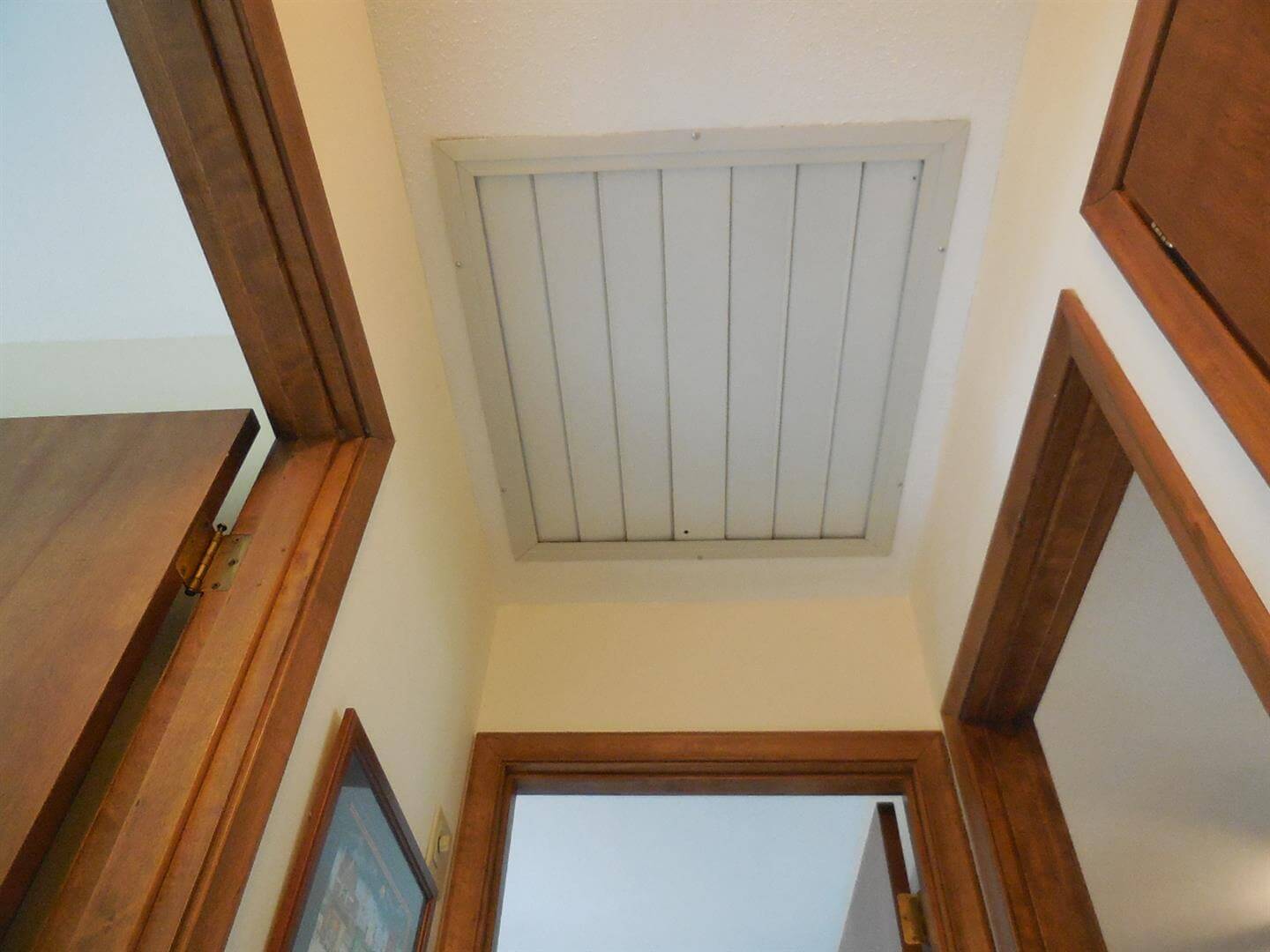
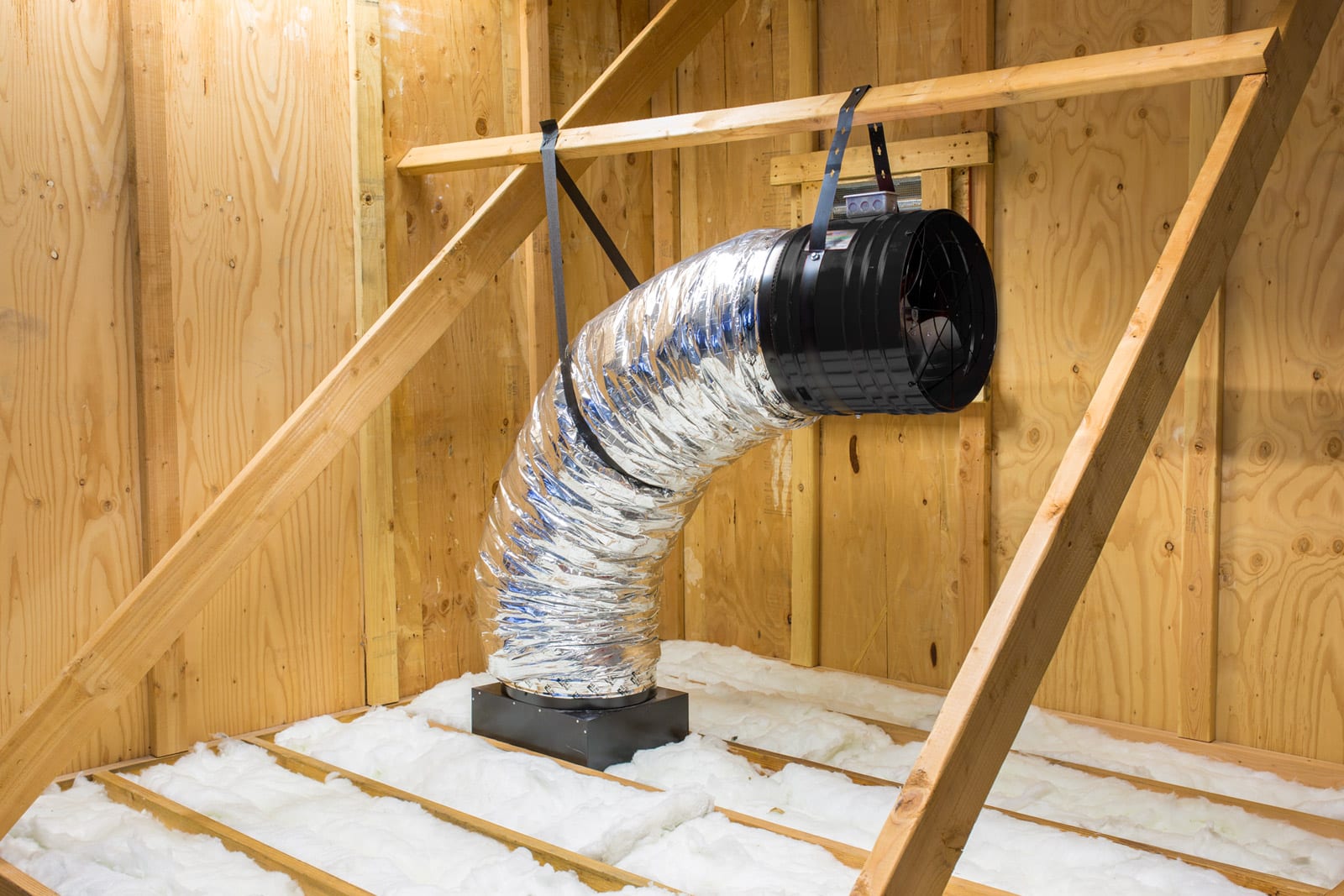
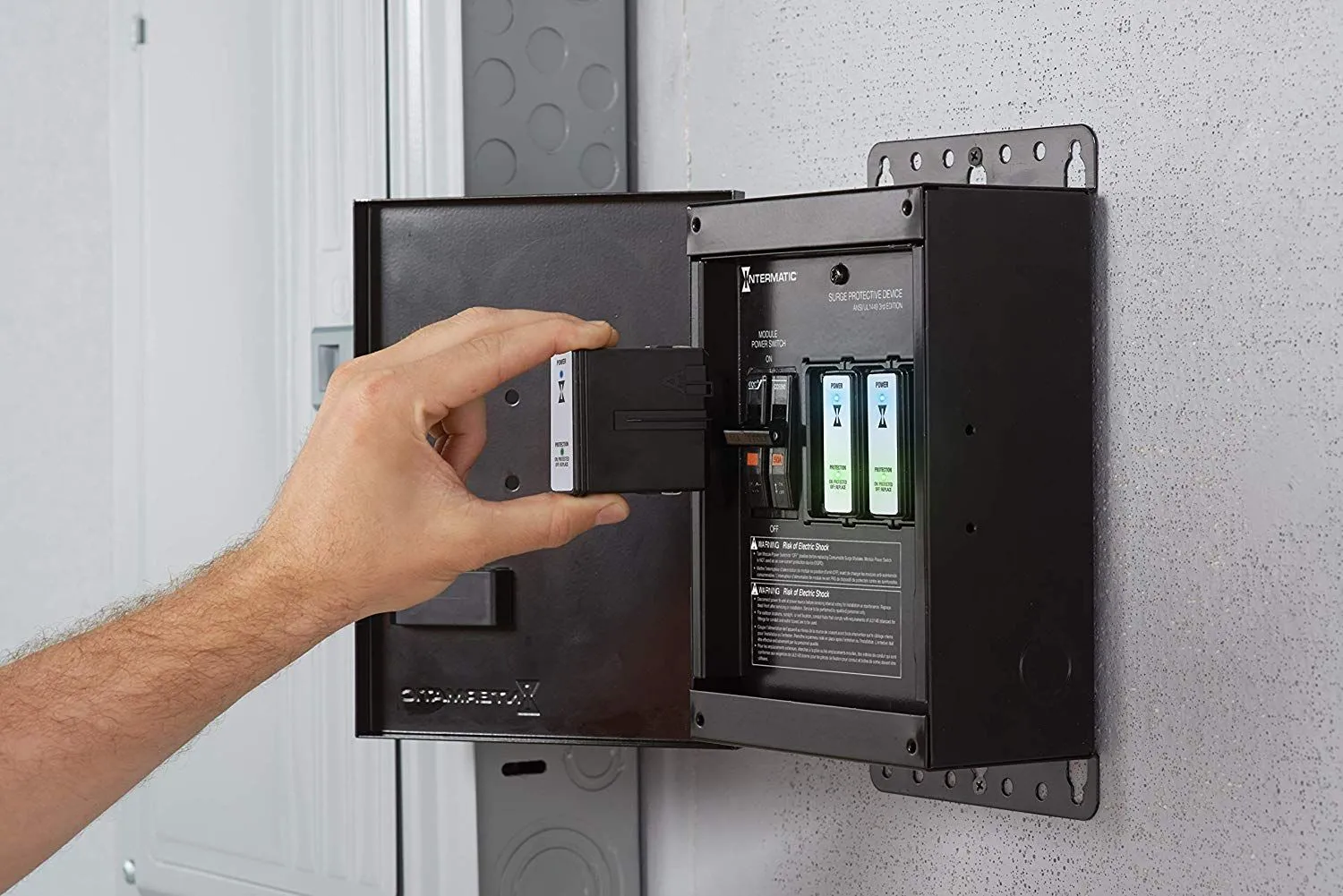
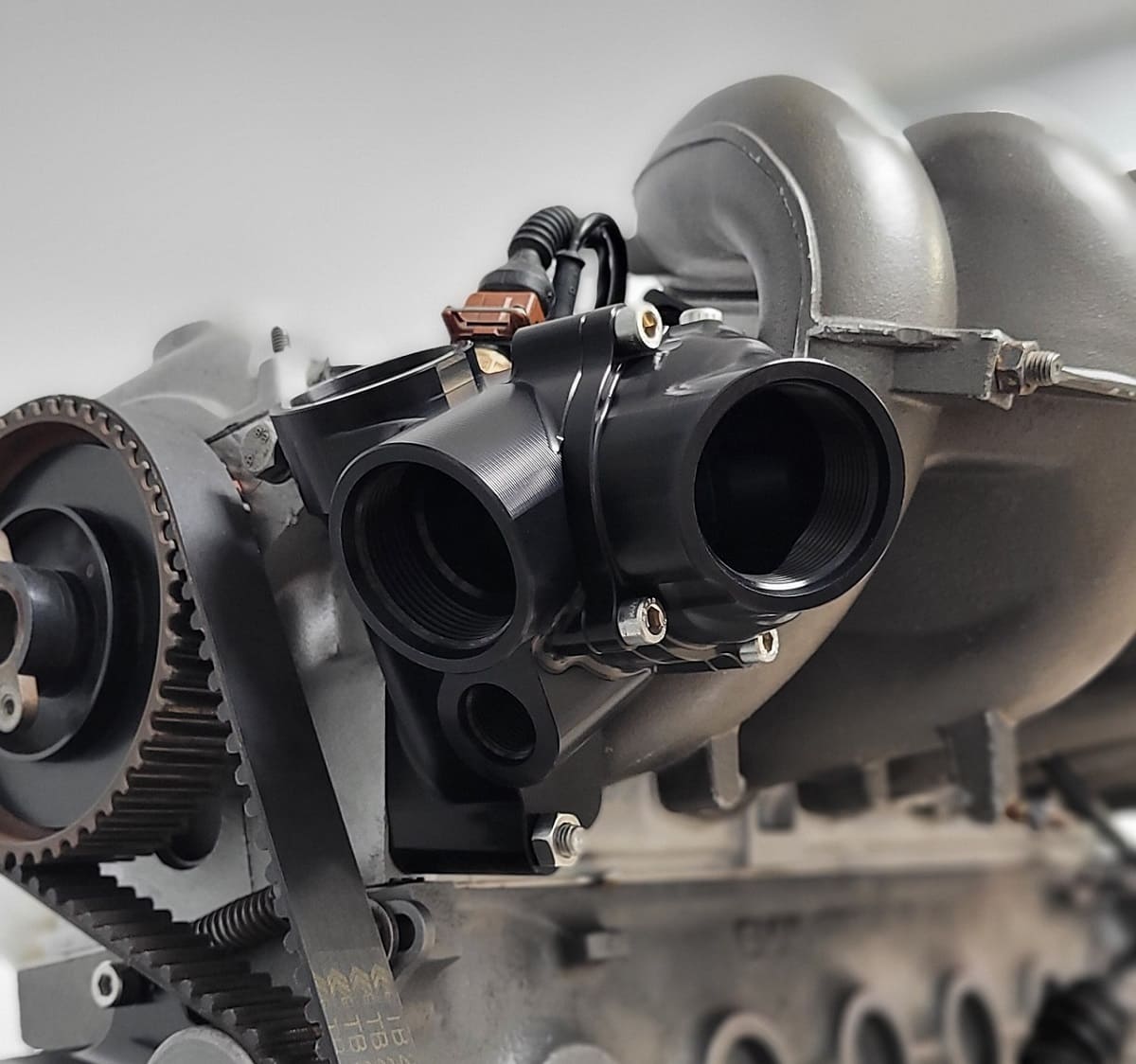

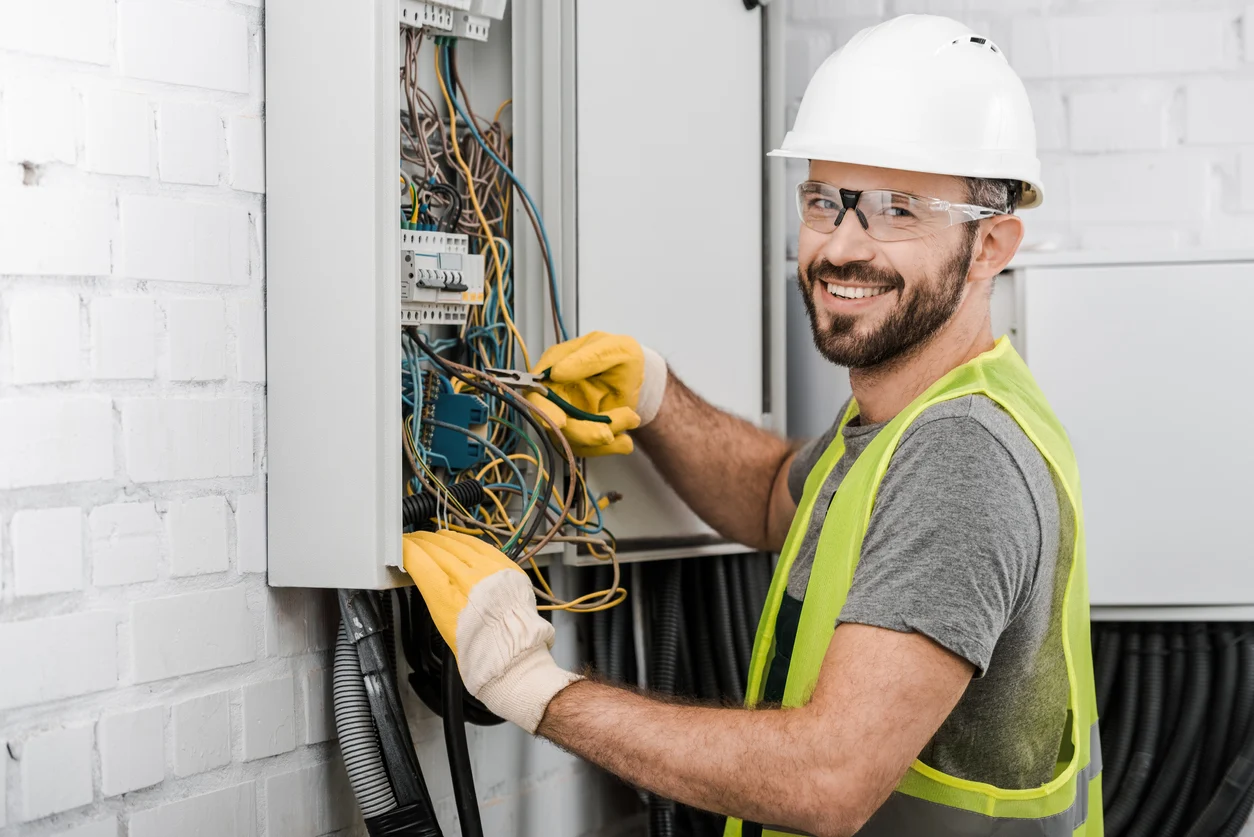
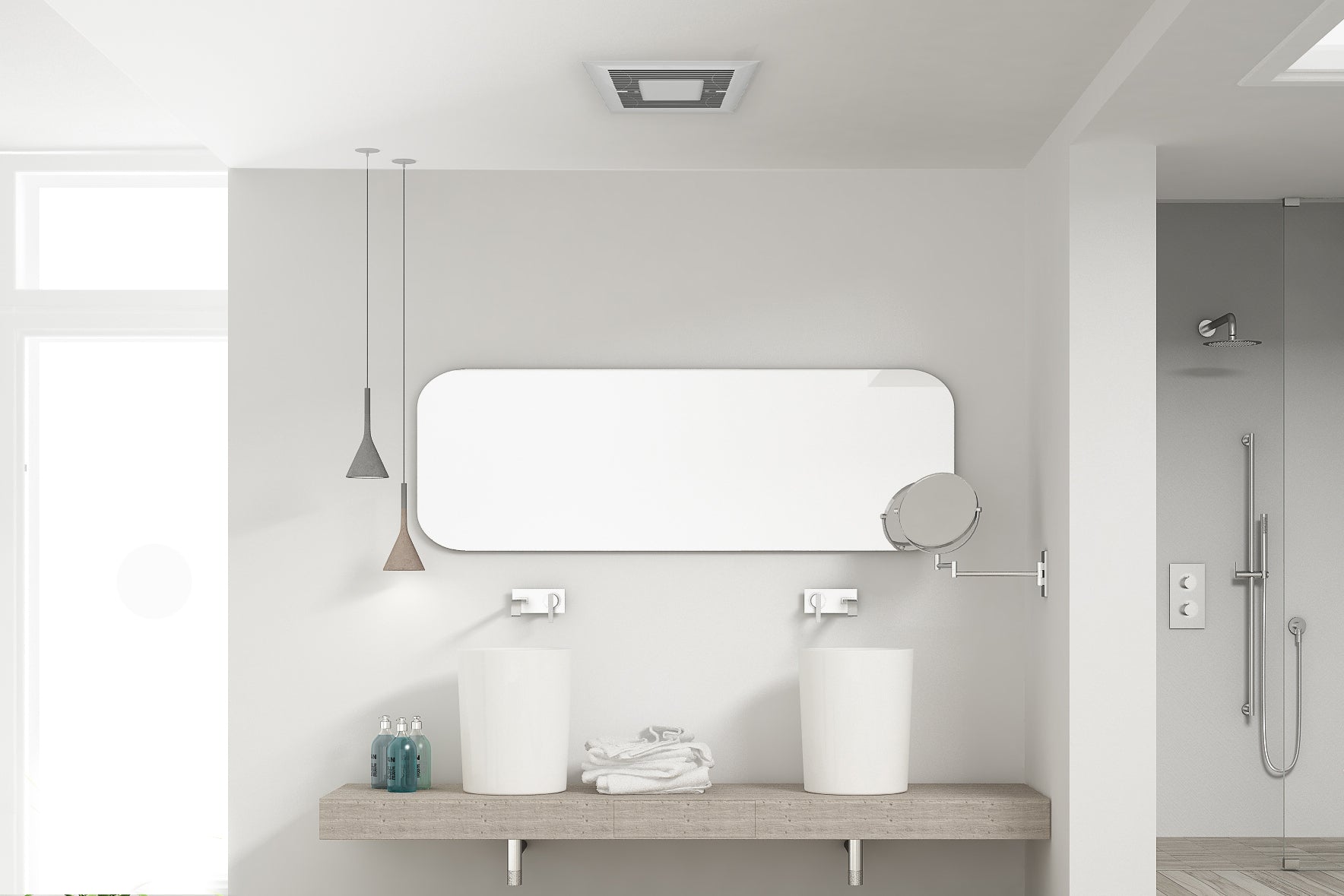
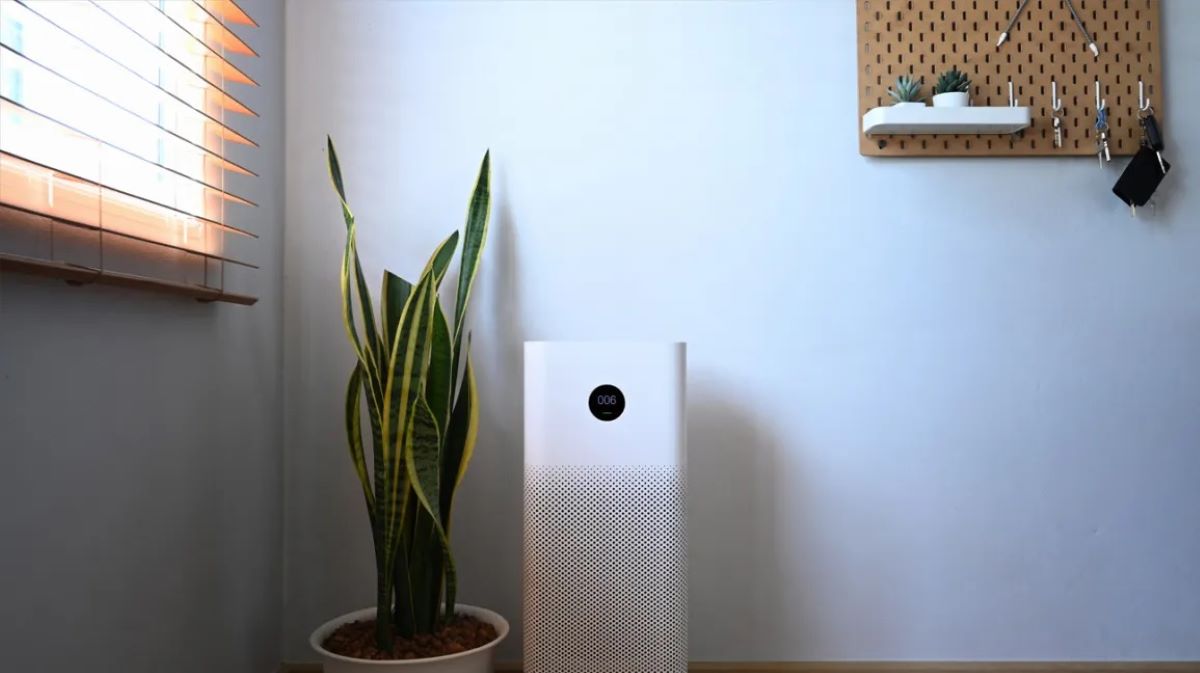
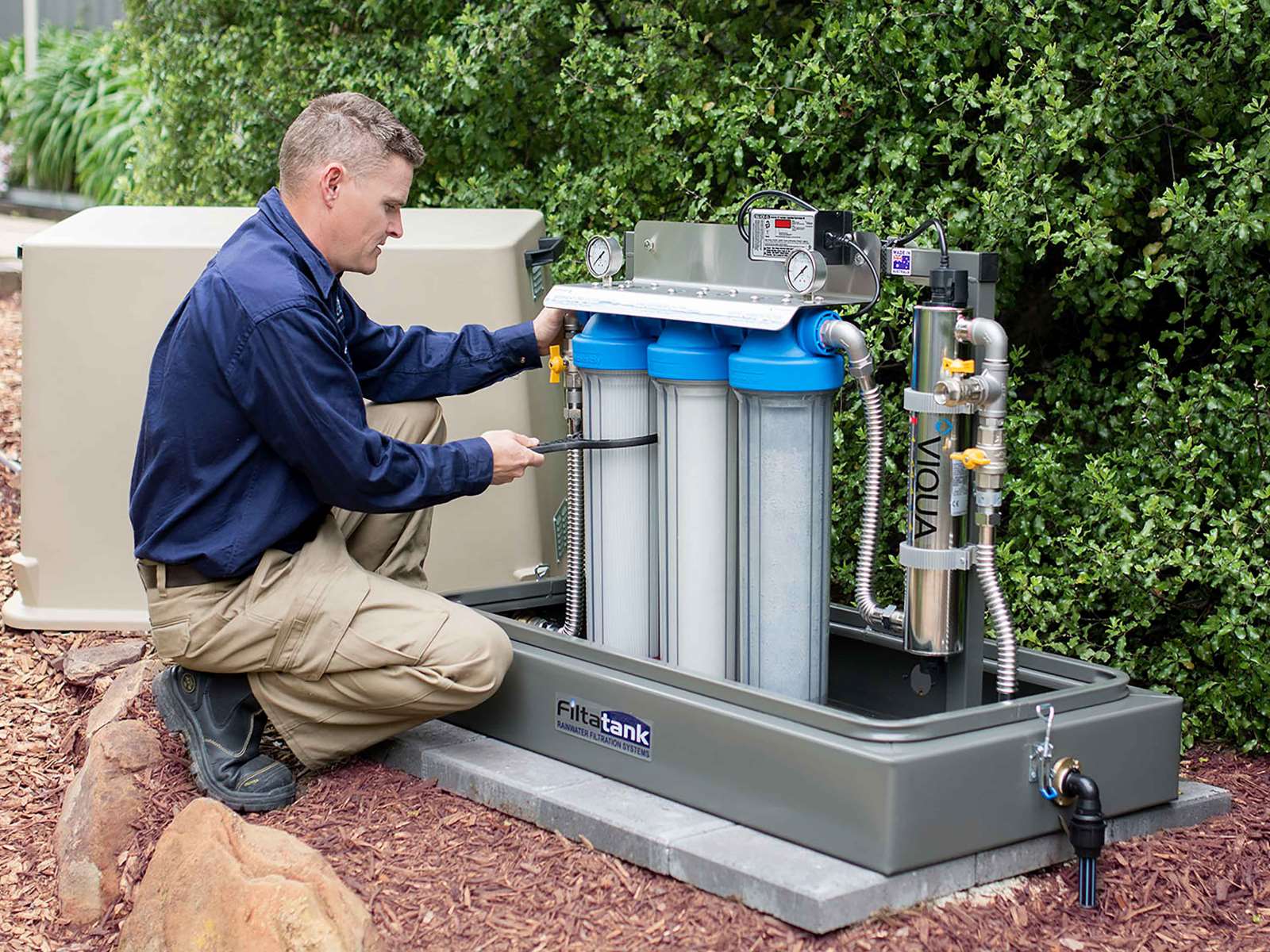
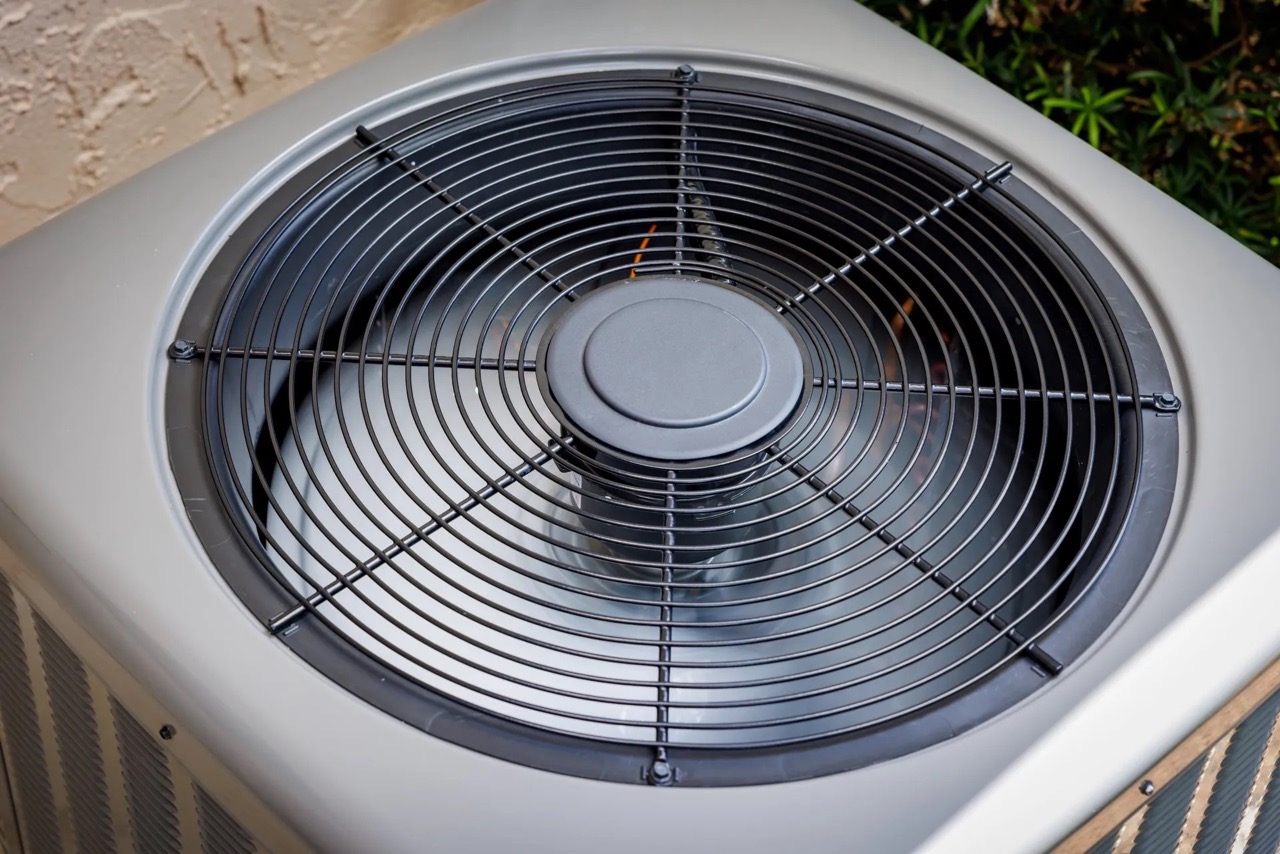
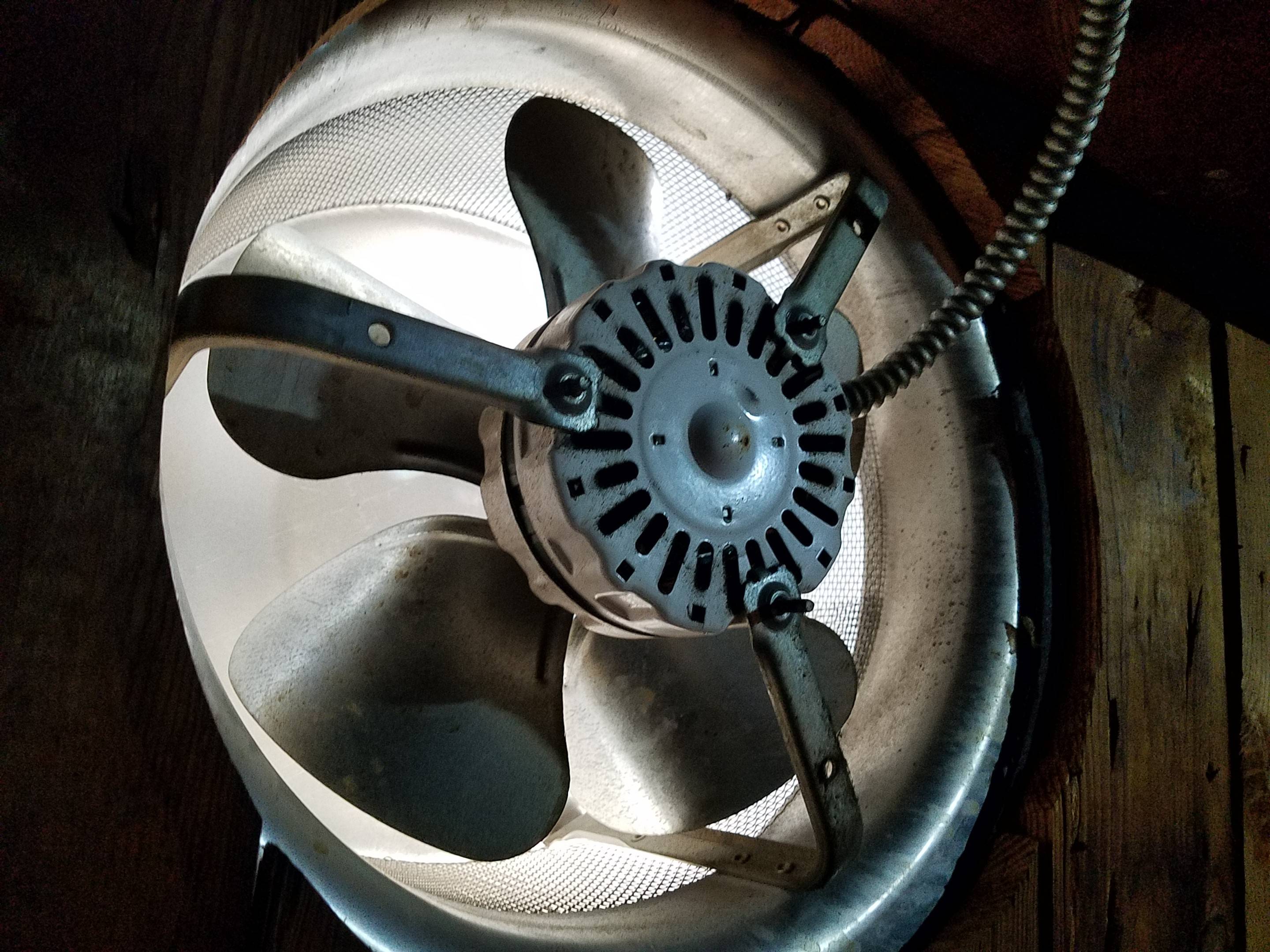
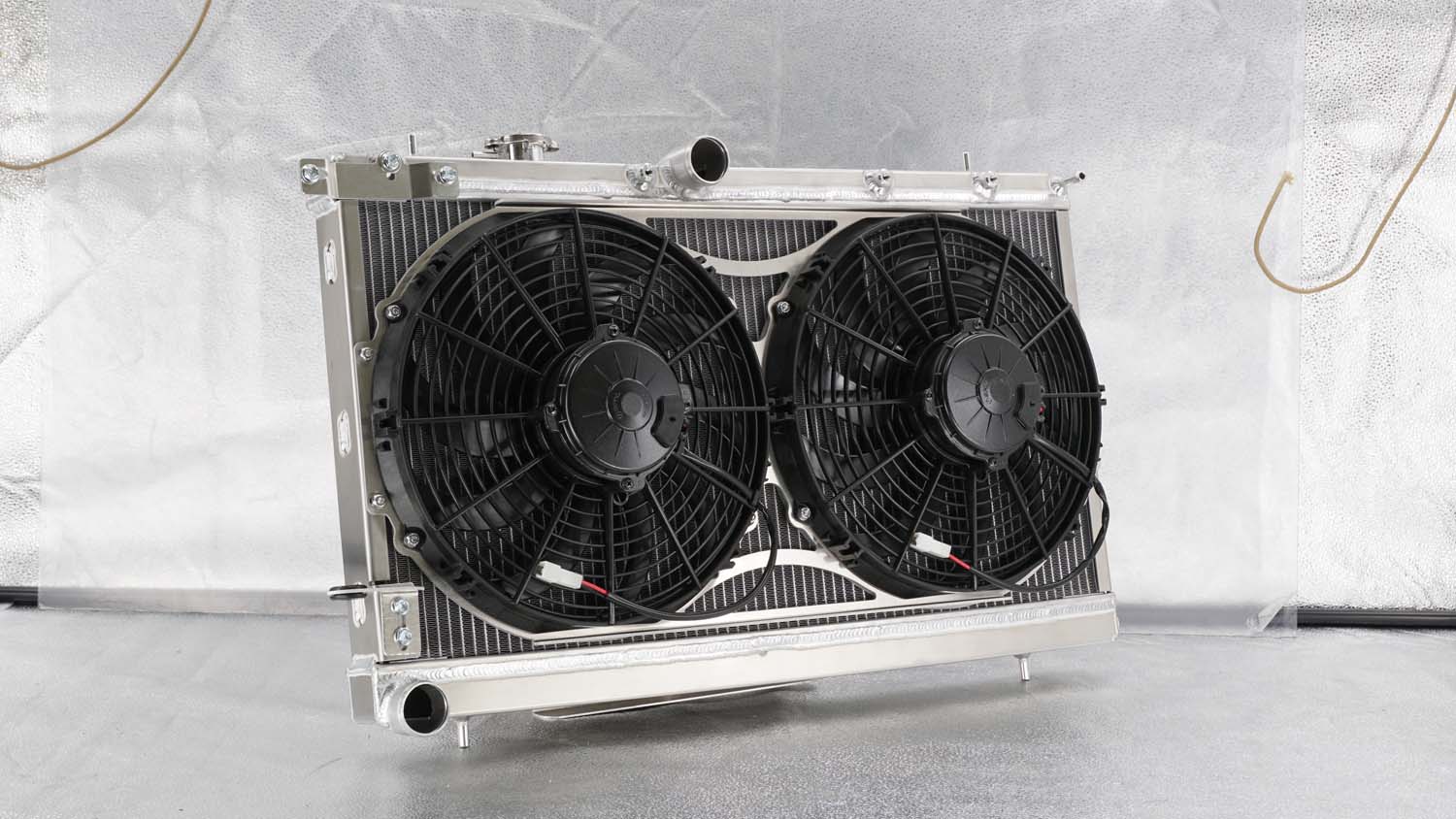
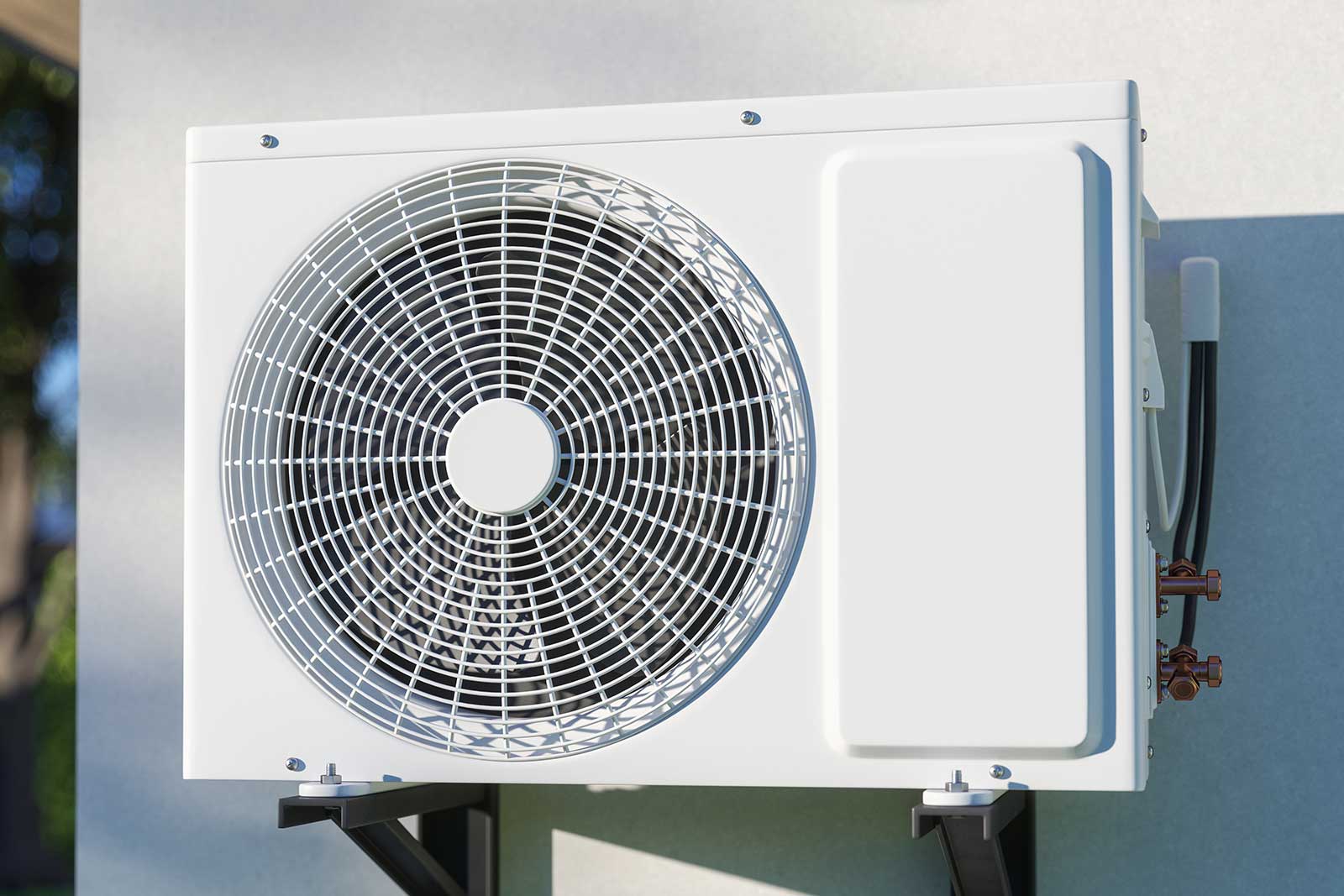


0 thoughts on “What Does A Whole House Fan Do”